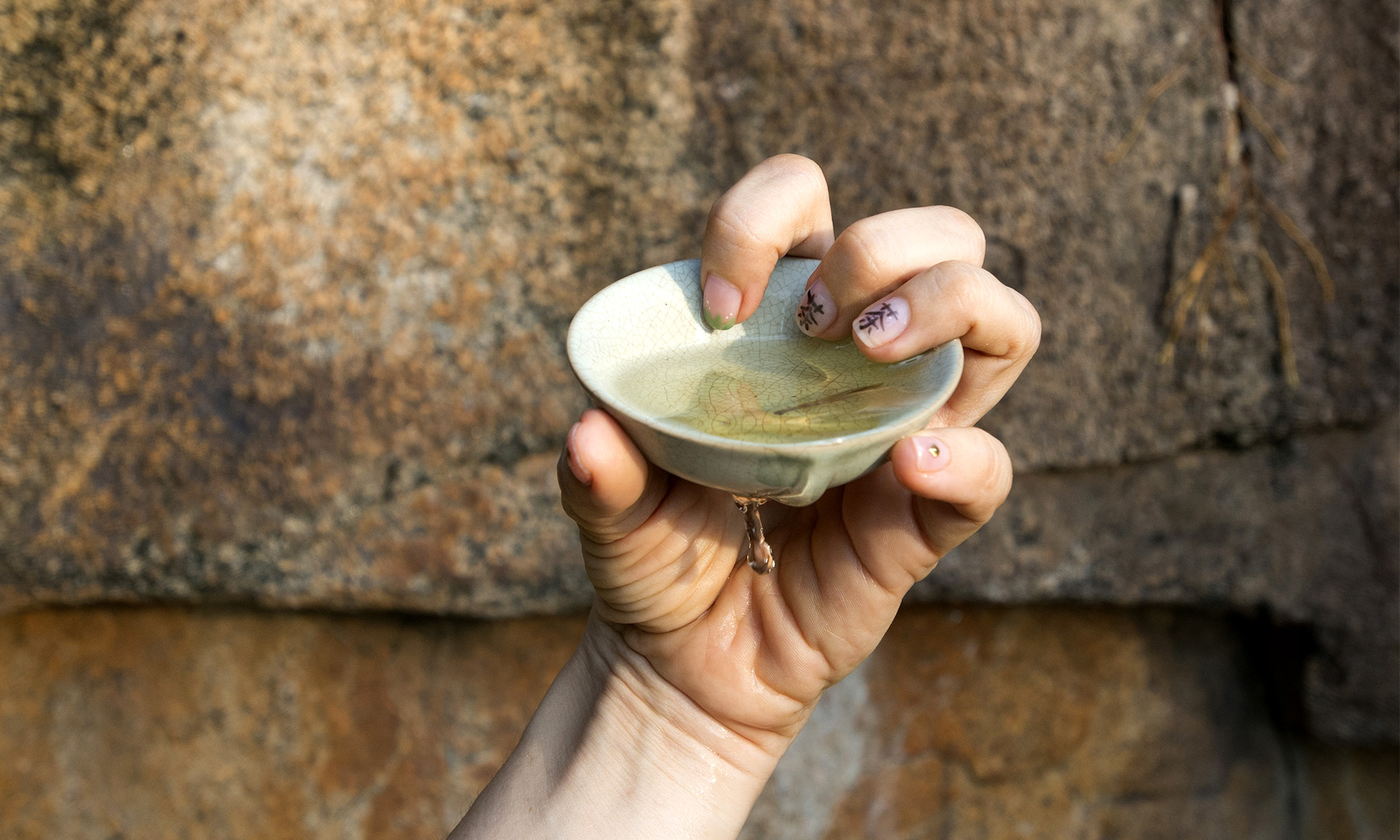My dear readers, I would like to set the scene. Fujian province, China is the location. True, its history in tea doesn’t go as far back as Sichuan and Yunnan but there are some valid reasons to let it wear the crown of “Tea Capital” in peace.
One does not find green tea here for sale – by far one of the most famous representatives of Chinese tea – nor does one make Pu’er tea here. But pretty much anything after that, we have it covered! White tea, oolong tea, black tea, rock tea… And those are only the main categories! Under each broad title you can easily have a dozen of subcategories and when you add on top of that each year’s harvest being unique and each mountain peak in each region having its own distinctive flavour; the possibilities become endless!

Not to mention: if you are an English speaker you call this drink of choice Tea. That word actually comes from the local dialect (Minnan闽南) spoken in the coastal cities of Fujian (Zhangzhou, Xiamen and Quanzhou). Many other languages (incl. Russian, Indian languages) have picked up a name for the beverage closer to the Mandarin Chinese word, which is cha (茶). These are just few of the merits Fujian has going for itself.
Since China is huge, we cannot really comfortably speak of it as one big lump. Having personally lived in 3 different locations here, I almost feel like I have visited 3 different countries. One would hardly assume everything to be the same when it comes to say Europe, if one was to visit Bulgaria, Spain and Norway. Let us not do that to China either. So, as far as tea goes – Fujian goes about it its own way.

When in Fujian, brew like the locals do. That means ultimately someday mastering elements of the gongfu brewing. Rule of thumb is: way more tea leaves you might expect in a way smaller pot/bowl than you thought. And letting the leaves steep definitely less time than one would assume (not to mention all the seemingly unnecessary splashing of hot water everywhere). Then, after a seeming random mess, all is served in cups that look like they belong to a doll’s kitchen set rather than fit for use of consumption by adults. It is great fun! And oh does it do tricks by way of flavour… It can take you places and bring out amazing aromas from the most boring looking withered leaves imaginable! Absolutely priceless.
As an end note: what you will read is bound in by these two main points. I will mainly be addressing Fujian tea, because it is the one I have most access to. And when I talk about making tea, I most likely am speaking of the local gongfu way to brew it. If there is an exception to this rule, I will make an earnest effort to mention it. If you are interested in something particular within these boundaries, please let me know – I will be more than happy to find new things to look into.

